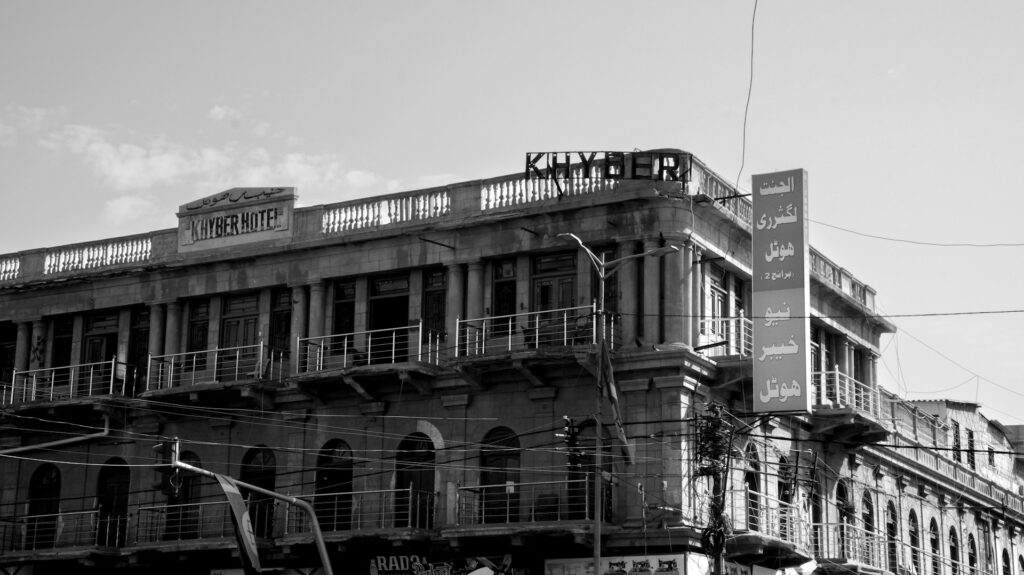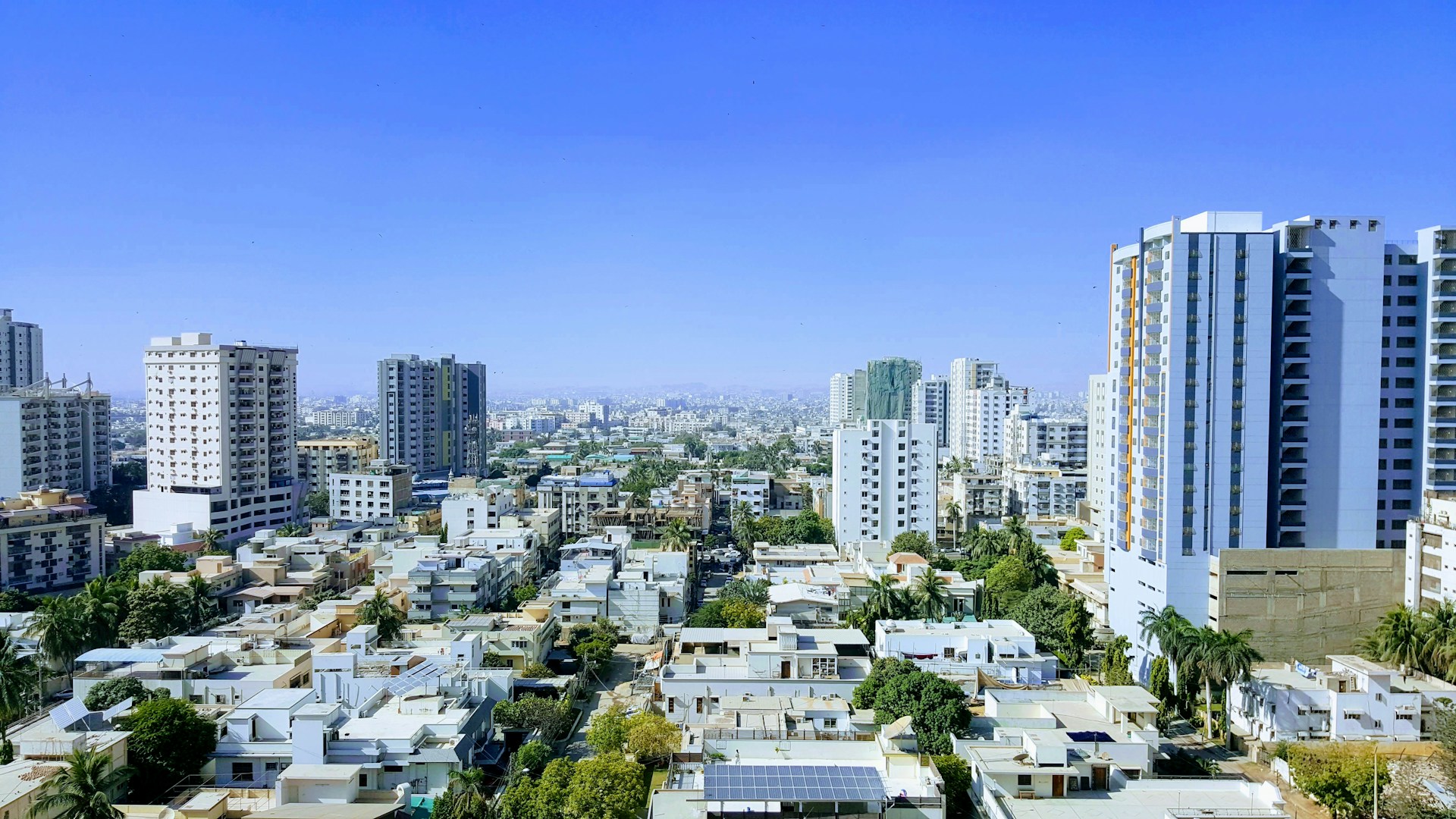Understanding the Affordable Housing Real Estate Market in Pakistan
One of such challenges that Pakistan faces when it comes to the provision of shelter are involved the provisions of affordable houses since the Pakistan is rapidly being urbanized and the population growth rate is also increasing rapidly.
Unfortunately, for millions of Pakistanis the idea of homeownership remains firmly lodged in the realm of fantasy because property prices are too high of an investment, access to financing is scarce, and there are numerous structural issues in the real estate sector.
Therefore, the aim of the present study is to explore the current status of real estate market in Pakistan to apply the information as a solution to the affordable housing problem.
In this blog we talk about the problems, market factors, government measures and prospects of creating housing for everybody.
Challenges of Affordable Housing Real Estate Market in Pakistan
In the real estate market in Pakistan, there are several challenges to the provision of affordable housing.
The cost of the land is always high and especially in the urban areas thus the setting up of low-cost houses is a hindrance.
In metropolitan cities like Karachi, Lahore and Islamabad, the prime land is costly and differentiate between commercial and residential projects prioritizing the high end segment leaving the affordable homes behind shifting towards outskirts.
Also, for premium and low-income housing developers and other economic actors in the real estate market in Pakistan, land becomes expensive due to these speculative investments to push up the price of the property.
Another major problem is scarce funding. The mortgage loans, most banks and financial institutions in dealing provide with fixed standards so it is beyond the reach of low and middle income persons.
There are issues of ill-developed infrastructures and administrative obstacles in the field of real estate as well.
Unclear, time-consuming approval procedures, erratic zoning laws, and ambiguous lease holdings discourage developers from undertaking affordable housing projects while at the same time increasing the costs of construction projects as a result of the cumbersome procedures involved.
Key Drivers Shaping the Affordable Housing Market
The few factors that are currently driving the affordable housing market in Pakistan are population growth, migration to urban areas and policies.
As much as 30-35 percent of Pakistan’s population will be living in urban areas by 2050, primarily the major cities, the demand for houses, particularly the low-cost ones, will remain high.
This rapid urbanization is due to the desire to get better job, education and health facilities but growing towns do not have adequate structures to accommodate all these people.
The other demographic variable that has been noted is population growth.
Pakistan has a relatively young population and since a large population base is under the age of 30, there is projected to be steady growth in the number of households thus demanding more of affordable housing.
With this shift in mind, the government has taken measures; one of them is “Naya Pakistan Housing Program’ being launched with an intention of constructing five million affordable housing units for economically weaker and middle-income groups.
This has effectively placed pressure on this segment of the affordable housing market through encouraging the private players to put their capital on this segment.
However, there is need to expand the capacity for this type of products to cater for the current demands.
Policy makers must therefore grasp the specifics of the actual property sector so as to encourage more equity into affordable housing and develop the affordable housing real estate market in Pakistan.

Government Initiatives to Encourage Affordable Housing
The government of Pakistan has initiated few actions to cope with this problem, most significantly the “Naya Pakistan Housing Program” (NPHP) initiated in the year of 2018.
This massive project is expected to facilitate the construction of five million cheap houses in five years.
This is a program that the government has embarked on with the aim of getting private developers in association with financial institutions for cheap houses.
It has also launched the “Mera Pakistan Mera Ghar” financing scheme through the State Bank of Pakistan that offers loans at suppressed interest rates for the low income groups intending to own homes or build new ones.
Others are also in the process of implementing other polices like setting up of the use of land policies that would encourage the putting up of more affordable housing units.
Furthermore, there has been a streamlining of procedures for registration of properties, acquisition of land and seconds for real estate development, brought about by the government as a way of centralizing efforts aimed at dealing with bureaucratic challenges which have remained rampant in affordable housing projects.
These programs are a positive move, however, policy support and clear regulation is needed in order to sustain progress.
The Path Forward: Strategies for a Sustainable Affordable Housing Market
For a sustainable affordable housing real estate market in Pakistan an integrated approach is required.
First of all, there should be dedicated partnerships between private organizations and the government, as the former can bring private money into affordable housing and get access to government support.
The ability to partner with developers enables the government to match points of concern such as the high cost of acquiring land, infrastructures and buildings.
Second, on the set-to-finance front, increasing the avails of funding is imperative.
Easy terms for home loans, lower eligibility criteria for mortgages, and grants mean more families can fulfil their dream of owning homes.
Microfinance service improvement and community-financing mechanisms could also contribute to promoting the improvements in housing for people with low incomes.
Third way is to call for focusing on urban planning and development of the infrastructure.
In this it is argued that when government spends money in developing affordable houses in such regions as those with transport, health and school amenities, such regions will not only be habitable but also desirable by citizens.
Development of better mass transport systems will ease central urban pressure areas thus make affordable houses possible in more regions.
Last of all, shooting must be made towards to reforms that will enhance the simplification of approval procedures, determination of property rights, and diminution of costs borne by developers.
Decreasing administrative barriers and increasing the straightforwardness of the property rights regulations will also lead to the savings concerning the processes of development, thus supporting the development of affordable housing real estate market in Pakistan.
Conclusion
Unfortunately, there remains tremendous hurdles in the real estate market in Pakistan despite the high need for cheap homes.
Due to high land prices, few funding sources, and bureaucratic challenges, there has been limited innovation of affordable housing interventions.
The Naya Pakistan Housing Program and Mera Pakistan Mera Ghar are wonderful steps done by the government but such conscious efforts need more extensive endeavours.
By attracting public-private partnerships, enhancing the financing sources, and increasing infrastructure and regulatory measures, the promotion of affordable homes for a variety of tenancy categories is realizable in Pakistan.
Coping with these challenges will let more of the Pakistani society strengthen their stability by becoming homeowners and developing the affordable housing real estate market in Pakistan.
Also read: Barriers to Affordable Housing in Pakistan and How to Overcome Them

